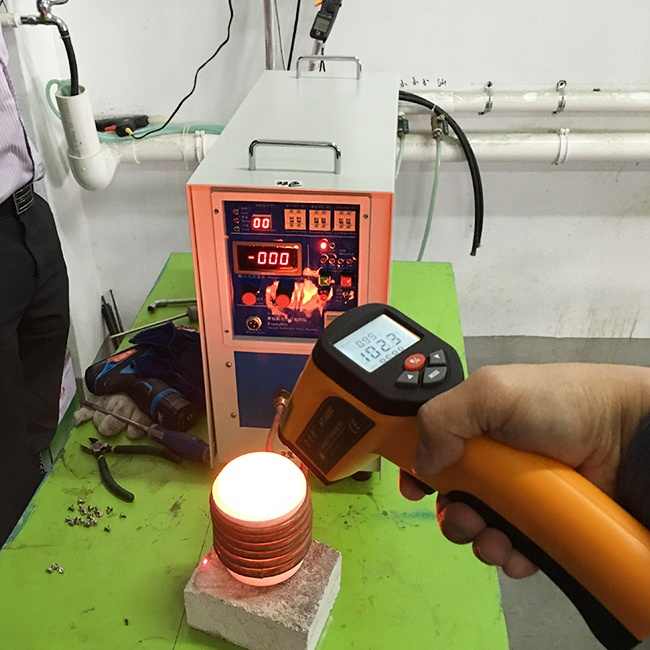electrolyte for refining of silver
Electrolyte for Refining of Silver: Key Components and Process
Electrolyte refining is a common method used in the purification of metals, and silver is no exception. This process allows for the recovery of high-purity silver through electrolysis, using an electrolyte solution to facilitate the transfer of silver ions from an impure anode to a pure cathode. Understanding the composition of the electrolyte for refining of silver is crucial for ensuring the efficiency of the refining process.

What is Electrolyte Refining?
Electrolyte refining, also known as electrorefining, is a process used to purify metals by dissolving an impure metal anode into an electrolyte solution. In the case of silver, the impure silver is used as the anode, while a pure silver plate serves as the cathode. When an electric current is passed through the electrolyte, silver ions from the anode dissolve into the solution and are deposited onto the cathode, resulting in pure silver.
The electrolyte is the solution that enables the movement of metal ions between the anode and cathode. For silver refining, the choice of electrolyte plays a critical role in determining the effectiveness and quality of the refining process.

Key Components of Electrolyte for Refining Silver
The electrolyte solution used in the refining of silver typically consists of a few key components. These components are selected to ensure the effective dissolution of silver from the anode and its subsequent deposition on the cathode.
1. Silver Nitrate (AgNO₃)
Silver nitrate is the primary component of the electrolyte used in silver refining. It acts as a source of silver ions (Ag⁺) in the solution, which are necessary for the electrolysis process. Silver nitrate dissolves easily in water, providing a stable medium through which silver ions can be transferred between the anode and cathode.
The concentration of silver nitrate in the electrolyte is carefully controlled to optimize the refining process. A solution that is too dilute may slow down the deposition of silver, while a solution that is too concentrated can lead to the formation of impurities or defects in the refined silver.
2. Nitric Acid (HNO₃)
Nitric acid is often added to the silver nitrate solution to improve the conductivity of the electrolyte and maintain the acidity required for efficient silver refining. Nitric acid helps dissolve any impurities that might form on the anode during the electrolysis process, preventing them from interfering with the deposition of pure silver on the cathode.
The amount of nitric acid used is carefully balanced to avoid over-acidification, which could damage the equipment or reduce the purity of the final silver product.
3. Distilled Water
Distilled water is used as the solvent in the electrolyte solution. It ensures that no additional impurities, such as minerals or salts, are introduced into the refining process. The water acts as a medium in which the silver nitrate and nitric acid can dissolve and interact during electrolysis.
Using distilled water ensures a controlled environment for the movement of silver ions and helps maintain the integrity of the electrolyte solution throughout the refining process.
The Silver Electrorefining Process
Once the electrolyte solution is prepared, the electrorefining process begins. Here’s a step-by-step overview of how silver is refined using an electrolyte:
1. Setup of Electrolytic Cell
The refining process takes place in an electrolytic cell, which consists of an anode made of impure silver and a cathode made of pure silver. The electrolyte solution, containing silver nitrate and nitric acid, is poured into the cell to submerge both the anode and cathode.
2. Electrolysis
When an electric current is passed through the electrolyte, the silver at the anode oxidizes, releasing silver ions (Ag⁺) into the solution. These silver ions are then attracted to the cathode, where they gain electrons and are deposited as pure silver.
3. Deposition of Pure Silver
As the electrolysis process continues, silver builds up on the cathode in a highly pure form. The impurities from the anode either remain in the electrolyte solution or form a byproduct known as anode sludge, which settles at the bottom of the cell.
4. Collection of Refined Silver
Once a sufficient amount of pure silver has been deposited on the cathode, the electrolysis process is halted. The cathode is removed from the electrolytic cell, and the refined silver is carefully scraped off. This silver is typically 99.9% pure, though further refining may be conducted to achieve even higher purity.
Advantages of Electrolyte Refining of Silver
The use of an electrolyte solution in silver refining provides several advantages:
- High Purity: Electrolyte refining produces silver with a very high level of purity, often reaching 99.99% pure silver. This makes it ideal for industries that require fine silver for manufacturing, such as jewelry, electronics, and bullion production.
- Efficient Process: Electrorefining is a relatively fast and efficient method for purifying silver, particularly when compared to traditional methods like fire refining.
- Recovery of Valuable Byproducts: Impurities in the silver anode, such as gold, platinum, or palladium, may form part of the anode sludge, which can be further processed to recover these valuable metals.
The electrolyte for refining of silver plays a vital role in the electrorefining process. Composed mainly of silver nitrate and nitric acid in distilled water, this electrolyte enables the efficient transfer of silver ions and ensures the high-purity recovery of the metal. Electrolyte refining is a crucial method for industries that require fine silver, offering a clean and effective way to purify silver from impure sources.















